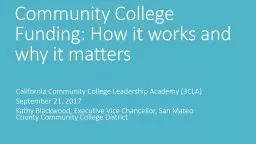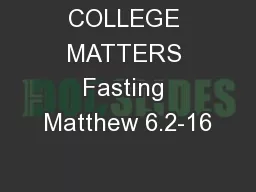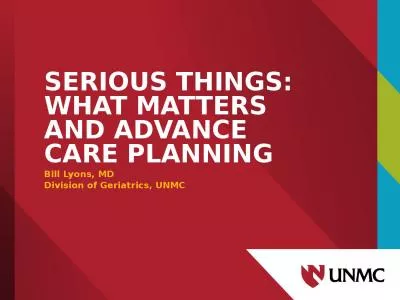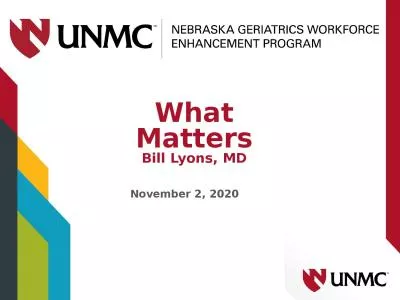PPT-Community College Funding: How it works and why it matters
Author : luanne-stotts | Published Date : 2018-11-03
California Community College Leadership Academy 3CLA September 21 2017 Kathy Blackwood Executive Vice Chancellor San Mateo County Community College District Student
Presentation Embed Code
Download Presentation
Download Presentation The PPT/PDF document "Community College Funding: How it works ..." is the property of its rightful owner. Permission is granted to download and print the materials on this website for personal, non-commercial use only, and to display it on your personal computer provided you do not modify the materials and that you retain all copyright notices contained in the materials. By downloading content from our website, you accept the terms of this agreement.
Community College Funding: How it works and why it matters: Transcript
Download Rules Of Document
"Community College Funding: How it works and why it matters"The content belongs to its owner. You may download and print it for personal use, without modification, and keep all copyright notices. By downloading, you agree to these terms.
Related Documents














